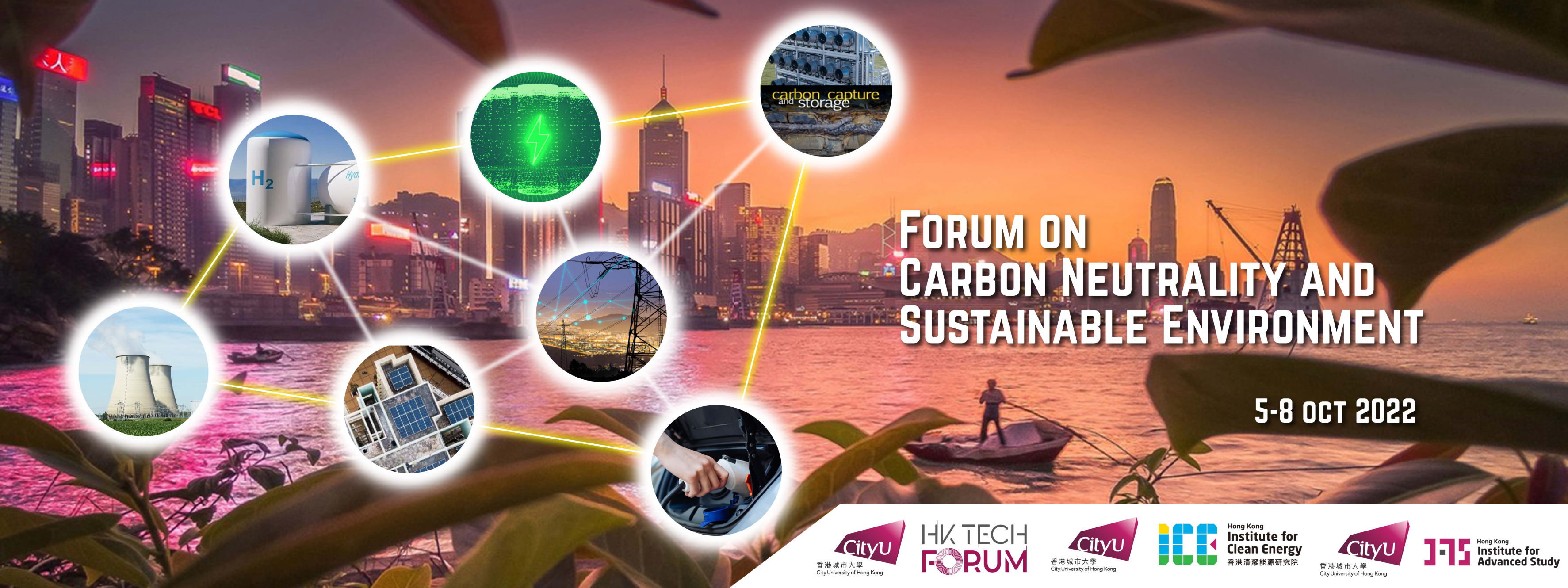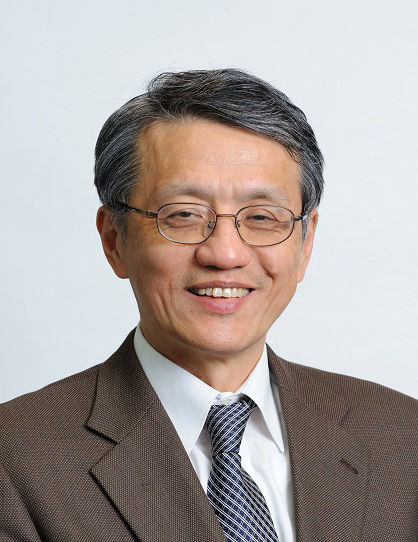Invited Speaker
Biography
Liyuan Han has great attainments in novel low-cost solar cells including dye-sensitized solar cells and perovskite solar cells.
He proposed the equivalent circuit model for dye-sensitized solar cells for the first time, which contributed to improving the conversion efficiency and long-term stability. Through in-depth and systematic research on the electron transport mechanism, he achieved the world records of highly efficient dye-sensitized solar cells and modules for several times.
In recent years, Professor Liyuan Han turned on his interest to investigation of the perovskite solar cells and made major breakthroughs. In 2015, Science published his work on the heavy-doped inorganic materials to improve the charge transfer capability and enhance the stability of the device. For the first time, a world record of the device certification efficiency of 15% for 1 cm2 was obtained. In 2017, Nature published his work on the large-area and uniform perovskite films by a pressure-assisted method under atmosphere and low temperature without vacuum or solvent. In this work, he obtained the first world record of certificated large-area perovskite module, which provides a novel route for large-scale production of low-cost photovoltaic modules.
Professor Liyuan Han is an inventor of more than 150 patents and an author in ca 300 scientific papers on top-level journals such as Science, Nature, Nature Energy, Energy & Environmental Science, and Advanced Materials in the field of next generation solar cells. He is selected as a highly cited researcher during 2019-2021.
His current research interests involve fundamental research in next generation solar cells such as perovskite solar cells and dye-sensitized solar cells, to fabricate large-area, highly efficient and stable solar cells for commercialization.
Perovskite solar cells towards commercialization: from high efficiency to stability
Liyuan Han
Abstract
Highly efficient and low-cost perovskite solar cells (PSCs), one of the most promising next-generation photovoltaic technology, triggered intensive research around the world. Up till now, PSCs have achieved the record power conversion efficiency of 25.7% and the device stability has been improved substantially. To push forward the development of PSCs, researchers from home and abroad have been overcoming the obstacles of commercialization. According to our estimation of the levelized cost of electricity, the key to future applications is to reduce the cost of PSCs which strongly depend on high efficiency and long stability. In this presentation, I will introduce our recent works on promoting the efficiency and stability of PSCs from aspects of crystallization, passivation, and ion-migration blocking.
We introduced a perovskite crystal array (PCA) with regular distribution to assist the growth of the perovskite absorption layer. The PCA provided nuclei where the crystallization can commence without overcoming the critical Gibbs free energy for nucleation and induces a controllable bottom-up crystallization process under solvent annealing. As a result, the device achieved power conversion efficiency of over 25.1%. Furthermore, we constructed a composite electrode of copper-nickel (Cu-Ni) alloy stabilized by in situ grown bifacial graphene. The device with the copper-nickel electrode showed an efficiency of 24.34% (1cm2) and stability: 95% of their initial efficiency is retained after 5,000 hours at maximum power point tracking under continuous 1 sun illumination.
References
[1] Shen et al., Energy Environ. Sci., 15, 1078(2022).
[2] Luo et al., Adv. Mater. 2022. Online, DOI: 10.1002/adma.202202100.
[3] Su et al., Sci. China Chem., 65, 1321 (2022).
[4] Lin et al., Nature energy, 7, 520 (2022).

